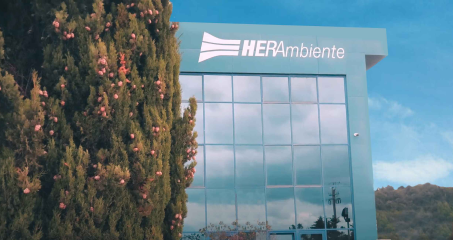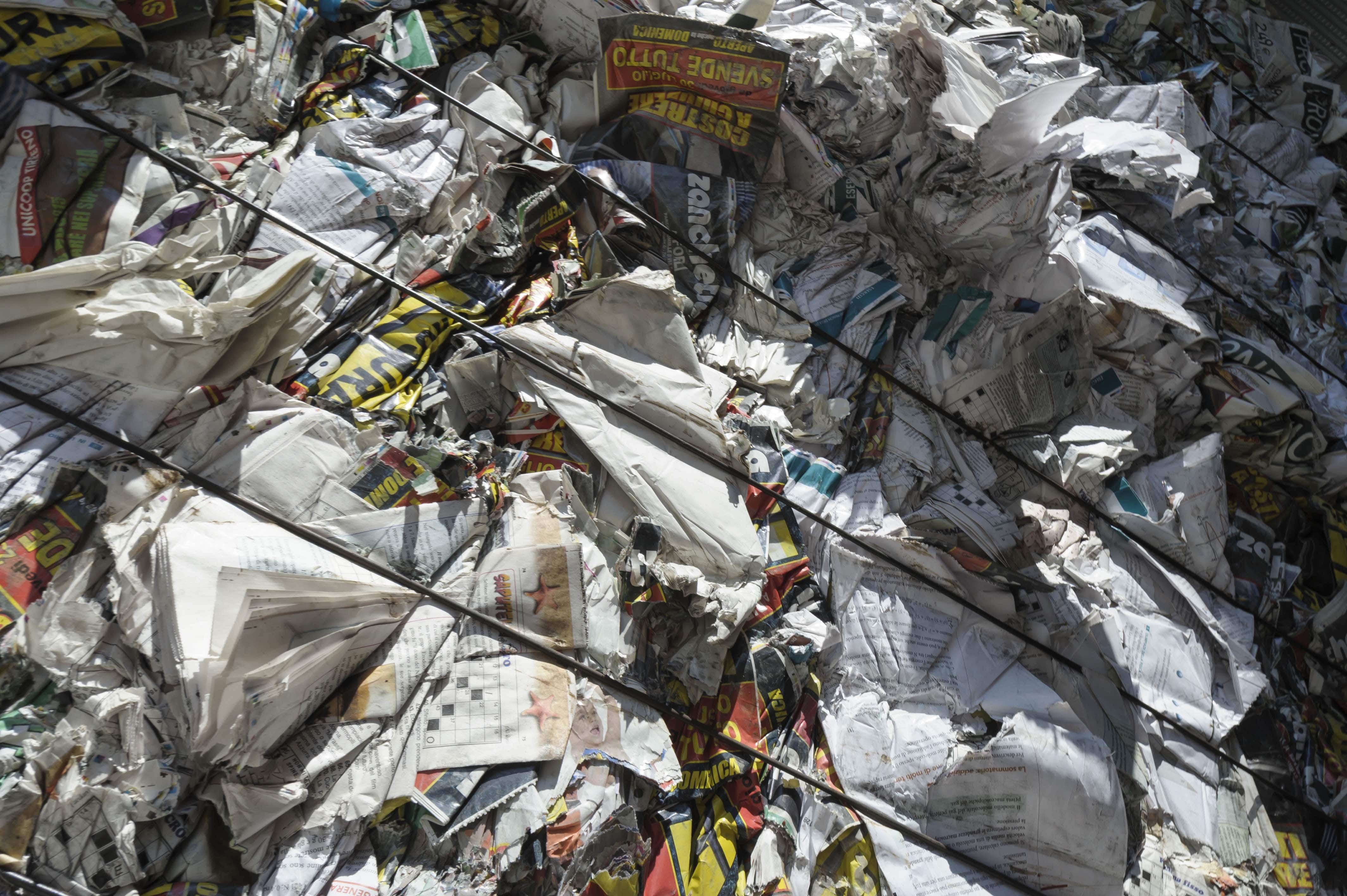Overview
Plant for the storage, selection, treatment and recovery of:
• Municipal solid waste (deriving from the separated collection by the municipalities of dry mono and multi material fractions)
• Non hazardous special waste (deriving from artisanal and industrial production activities)
Page updated 26 August 2015
-
Annual treatment capacity
67,500 tonnes/year -
Type of waste accepted at the plant
Paper and cardboard packaging waste, glass, plastic, tins, wood, ferrous materials, mixed materials, etc. -
Subsequent destination of waste
<ul><li>recovery consortiums: CONAI (COMIECO, COREVE, RILEGNO, COREPLA, CIAL)</li> <li>material recovery plants: paper, glass, wood, plastic, aluminium, etc. The homogeneous product fractions obtained, after being compacted and packed into bales or stored in suitable containers, are delivered to third party plants or used as marketable secondary raw materials/products or as waste sent to other recovery plants</li></ul> -
Treatment lines
2 -
Recovery efficiency
55% 60%
- a line for automatic selection of multi-materials and volumetric reduction of the mono-material fractions separated at the plant or received directly, after quality controls;
- a line for volumetric reduction of mono-materials, after quality controls.
On arrival at the plant, the waste is unloaded in suitable covered areas, where conformity checks are carried out. It is then stored in piles, ready to be sent to the relevant treatment lines. The plant has two separate treatment lines:
The automatic selection line consists of a conveyor belt, a vibrating screen for removing the small material fractions, and a selection platform where the operators manually sort the waste before sending it to the various collection silos for each individual type of homogeneous material. From the collection silos, the materials are sent to the compactor to be packed into bales for subsequent recovery or re-use. The residues left over from the selection process, after extraction of the ferrous components, are sent away to recovery plants to produce secondary solid fuel or energy, or for final disposal in a controlled landfill. The volumetric reduction line consists of a conveyor belt that feeds a baling compactor.
The automatic selection line consists of a conveyor belt, a vibrating screen for removing the small material fractions, and a selection platform where the operators manually sort the waste before sending it to the various collection silos for each individual type of homogeneous material. From the collection silos, the materials are sent to the compactor to be packed into bales for subsequent recovery or re-use. The residues left over from the selection process, after extraction of the ferrous components, are sent away to recovery plants to produce secondary solid fuel or energy, or for final disposal in a controlled landfill. The volumetric reduction line consists of a conveyor belt that feeds a baling compactor.
A semi-integrated photovoltaic plant with a panelled area of 1,400 m² is installed on the roof of the building. The photovoltaic plant has a power output of 198.03 kWp and delivers energy equivalent to 60% of the site´s annual needs.




